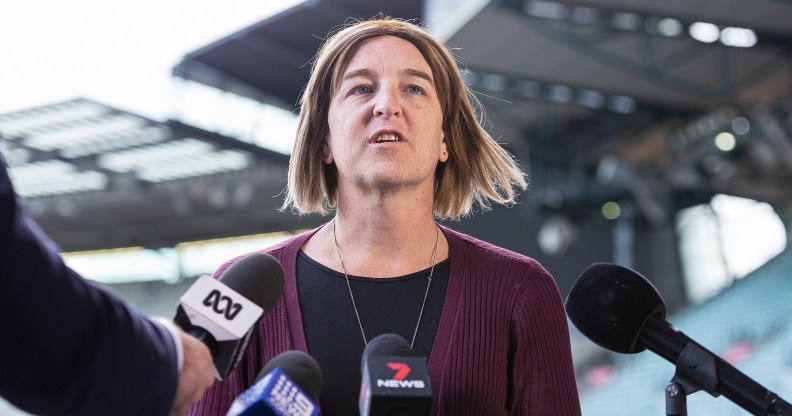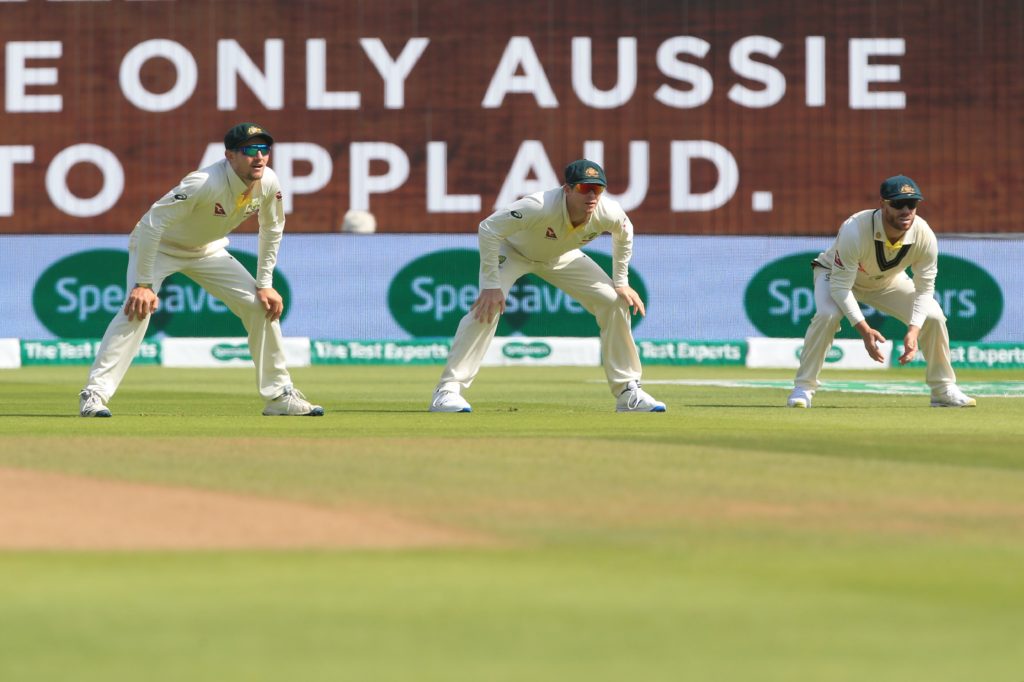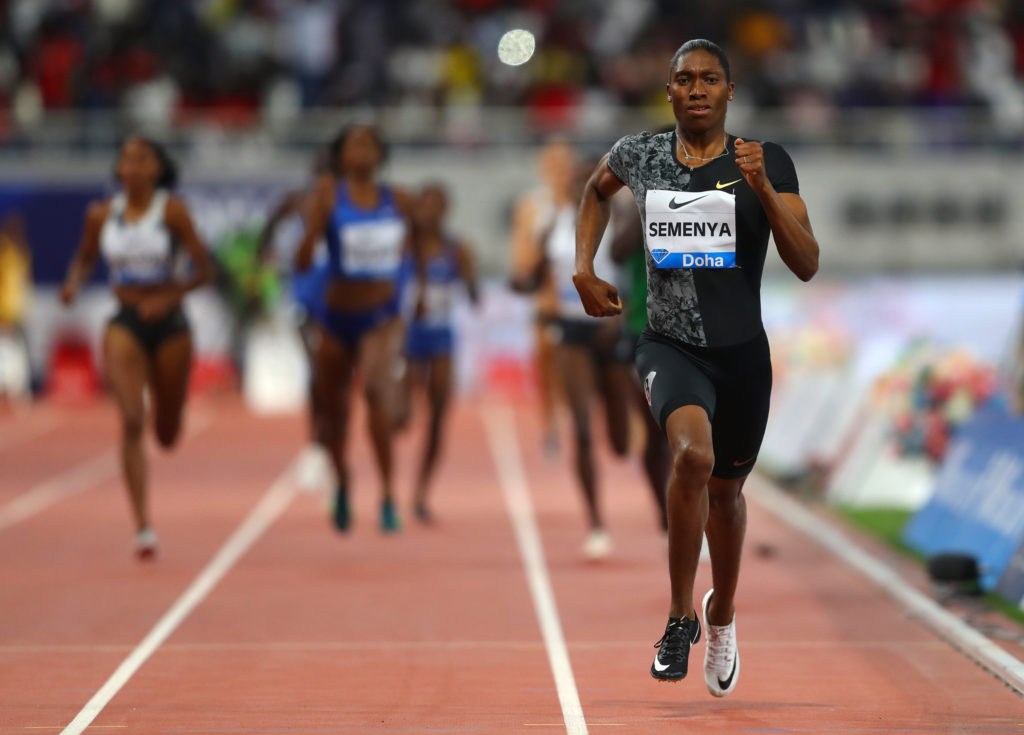Cricket Australia announces major transgender inclusion policy

Transgender cricketer Erica James speaks to media during the Cricket Australia policy announcement (Daniel Pockett/Getty)
Cricket Australia has unveiled new guidelines supporting transgender and gender diverse people to play cricket at the highest level.
The new policy released on Thursday (August 8) allows women to compete in state and national women’s teams if they have testosterone levels of up to 10 nanomoles per litre in their blood for at least 12 months.
This is twice the amount permitted by the Australian Football League (AFL) as well as the IAAF, the governing body ruling in the case of South African athlete Caster Semenya.
CEO of Cricket Australia Kevin Roberts said in a statement: “It doesn’t make any sense that today, people are discriminated against, harassed or excluded, because of who they are. And that’s not right.
“Today we demonstrate our commitment to include people with an affirmed gender identity in the game at every level and ensure all people in our communities experience Australian cricket’s inclusive culture.”
The move was welcomed by Australia cricket captain Alex Blackwell, who wants to see more transgender cricketers in the game at all levels.
“I benefited so much from sport in elite teams [and] I don’t think trans and gender diverse people should be excluded from that,” she said.
“I’d love to see more transgender people engaging in sport, I’ve probably had more involvement with transgender sport people than most.”
Transgender cricketer Erica James gave her full support to the new policy, saying that her life has been changed by being accepted by the cricket community.
“The moment I realised I could play in a team of women like me I was so surprised and so happy,” she said. “Because of these guidelines gender diverse people can play a sport that we love without feeling like we’re an imposter.”

Australian players during the Ashes cricket Test match on August 5 (Lindsey Parnaby/AFP/Getty)
Testosterone testing is a divisive issue
The Australian Institute of Sport (AIS) states that 98 percent of women have under 2 nanomoles of testosterone, while for men the amount averages between 7.7 and 29 nanomoles.
However, there are many natural variations and hormone levels change for both males and females as they age.
AIS chief medical officer David Hughes said: “In sports that involve power and endurance, testosterone gives players an 8-12 per cent advantage.”
But intersex campaigners have noted that there is no scientific basis that female athletes born with variations of sex characteristics have any advantage over other female athletes.
Mandatory testosterone testing has been condemned by the UN Rights Council as an “unnecessary, humiliating and harmful,” and many academics question its inclusion in sport at all.
The case of Caster Semenya, a cis female athlete with naturally high testosterone levels, has brought this issue to the fore.

Caster Semenya of South Africa races to the finish line in Doha, Qatar. (Francois Nel/Getty)
Semenya is currently fighting for her right to run competitively after the IAAF ruled that women with a so-called difference of sexual development would need to take hormones to lower testosterone levels in order to compete.
In June an IAAF official suggested that Semenya and other athletes like her may also be required to undergo outdated psychological tests for gender dysphoria.
This is despite the fact that the World Health Organisation (WHO) has now removed gender dysphoria, or gender identity disorder, from its list of acknowledged mental health conditions.
In contrast, Cricket Australia’s latest policy on transgender athletes does not require any player to undergo (or demonstrate that they have previously undergone) any medical assessment, surgery or treatment. It also does not require legal recognition of gender identity.
While its rules on testosterone levels will still be too restrictive for some, it is an encouraging step towards a more inclusive culture in sport.

